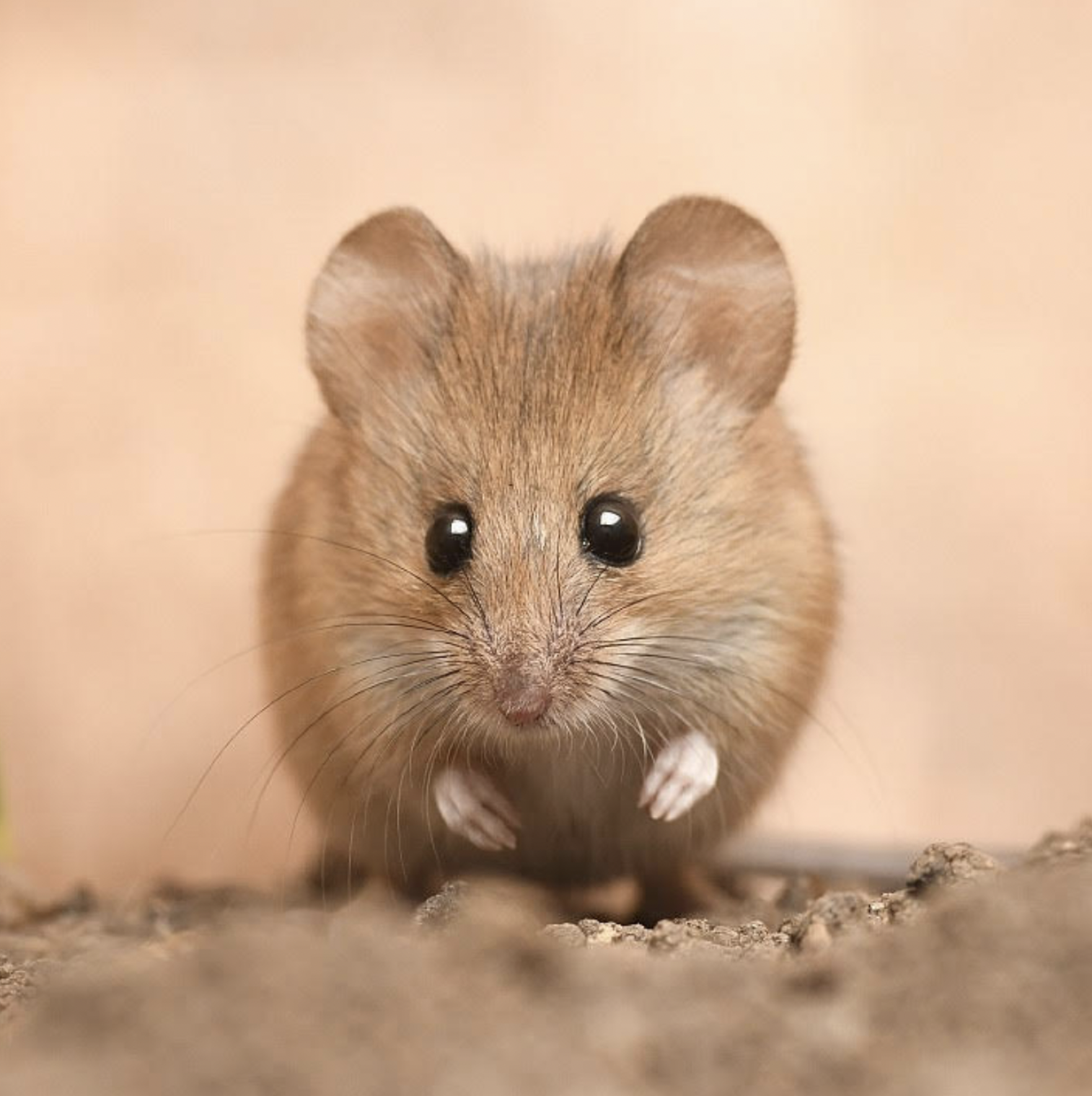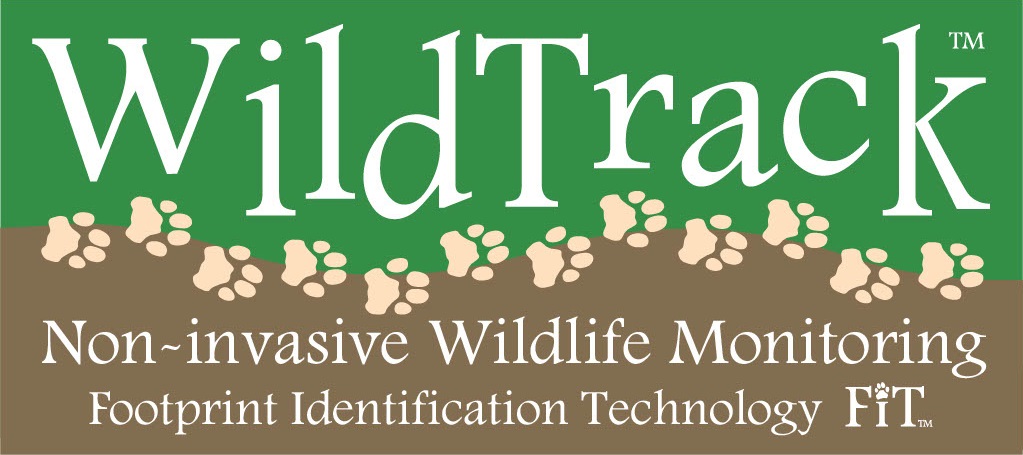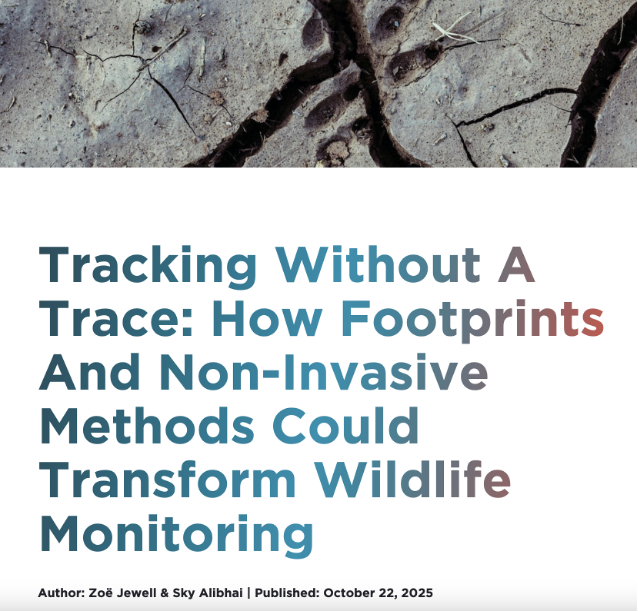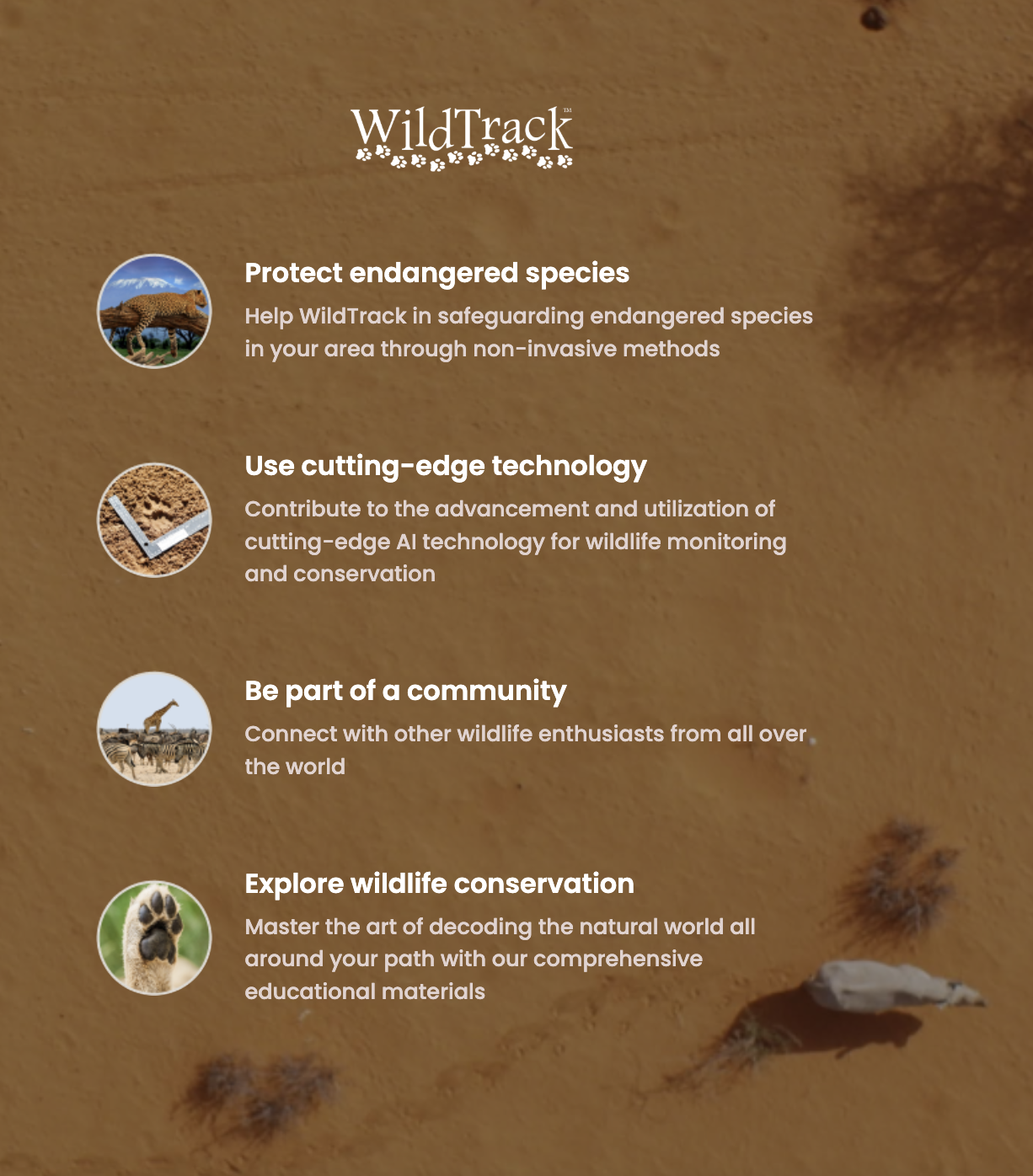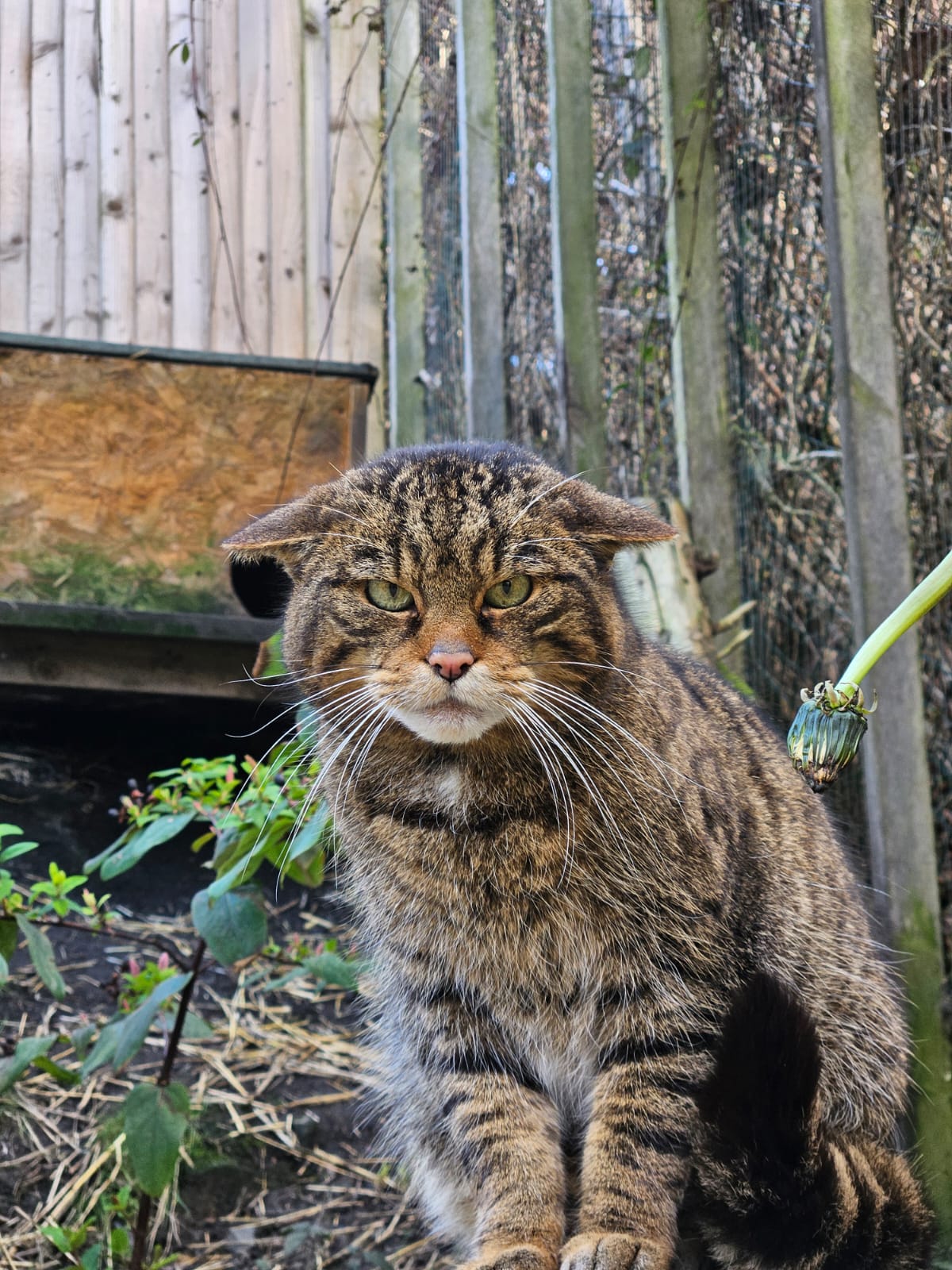Footprints of the Elusive Climber: How One Clever Mouse Transformed Our Wildlife Tracking
Imagine stepping onto the sweeping grasslands of South Africa, setting down live-traps customized for the comfort of tiny mammals and baited with a mixture that sounds delicious at least to those of us with British connections: peanut butter, oats, vegetable oil, and the uniquely savory Marmite (looks like axle-grease). We recently did just this as part of our mission to create a comprehensive small mammal reference library for WildTrack’s revolutionary Footprint Identification Technology (FIT) — a non-invasive monitoring approach that allows us to identify and track animals by analyzing their footprints alone.
On one particularly promising day, we selected a beautiful field site and laid out our custom-designed traps, carefully outfitted to protect animals from the elements, complete with cozy cotton wool for bedding - and eagerly awaited the arrival of one species in particular: the elusive chestnut climbing mouse, Dendromus mystacalis.
Despite setting traps each day, and finding many other species, our target species remained unseen. For nearly a week, the Dendromus evaded our best baiting efforts. Then, on our final day, with the clock ticking, we decided to test out a new track tunnel—an open-ended device designed to capture just footprints, not the animal itself. The animal walks in, leaves its telltale footprints, grabs the bait, and continues on its way—no handling, no stress.
To our amazement, just two hours later, we returned to find a tiny set of footprints imprinted in the tunnel. Analysis with our JMP Statistical Software confirmed it: these were the tracks of our chestnut climbing mouse, quietly residing in the very area we’d been studying all along.
Here’s the paper from the track tunnel, with some of that delicious peanut butter mix mostly eaten up…
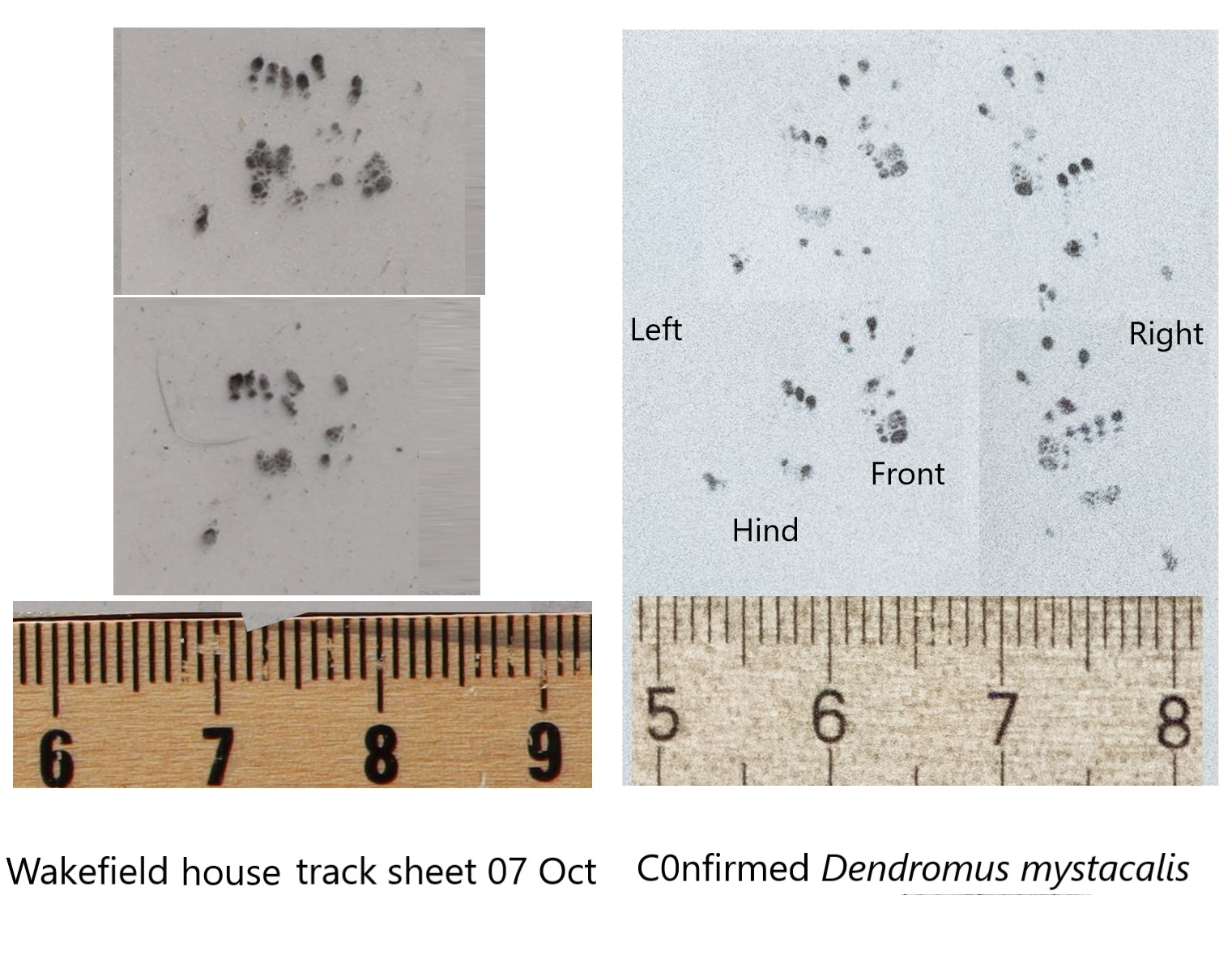 So whose footprints are these?
So whose footprints are these?
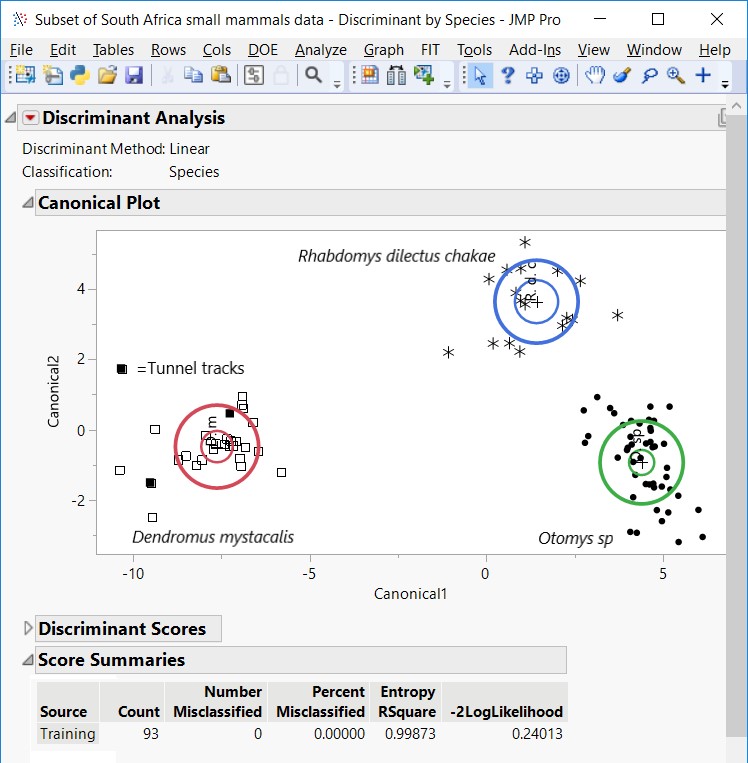 And this is what JMP Statistical software showed us…the prints are from the chestnut climbing mouse!
And this is what JMP Statistical software showed us…the prints are from the chestnut climbing mouse!
Image Credit: Nicolau Ecology. The climbing mouse wraps her prehensile tail around the branch for security.
So, to conclude, not only is non-invasive monitoring better for the animals—less stress, no risk of injury—but it may also provide more accurate data on the species in a given habitat. Who knew that one mouse’s footprints would open up a whole new world of discovery? Cheers to Dendromus and the new era of wildlife monitoring!
